Environmental Fate Model for Ultra-Low-Volume Insecticide Applications Used for Adult Mosquito Management
Ultra-low-volume (ULV) aerosol applications of insecticides are used in mosquito management, grasshopper and Mormon cricket management on rangelands (and possibly other applications). The U.S. Environmental Protection has long used drift models (e.g. AgDrift; AGDISP) to estimate off-target deposition of pesticides, however currently, there is no validated model to predict deposition of insecticides applied using ULV technology. Droplet spectra for ULV applications used during adult mosquito control operations have a volume median diameter (VMD) between 8 and 30 μm and 90% of the droplet spectrum should be smaller than 50 μm – in other words, a droplet size spectrum well below those classified as “very fine” to “fine”, which is considered to be a high drift hazard.
The authors performed field studies to measure environmental concentrations of ground-based ULV- applied insecticides and developed a validated model to predict their deposition. Sites contained little vegetative structure and a flat topography; 96 spray events were conducted. Deposition was measured up to 180 m from the application source.
The authors observed an average of 10.4% of the insecticides sprayed settled out within 180 m of the spray source. These results are similar to measurement in other studies of ground-based ULV applications using both pyrethroid and organophosphate insecticides, which found 1 to 30% of the insecticide sprayed deposits on the ground within 100 m of the spray source.
The selected model reported here is supported by the aerosol physics literature showing that the density of the formulation and diameter of the droplets are the most important determinants of the movement and subsequent deposition of ULV insecticides. The model can also be used to estimate bystander exposure and potential deposition to water bodies.

